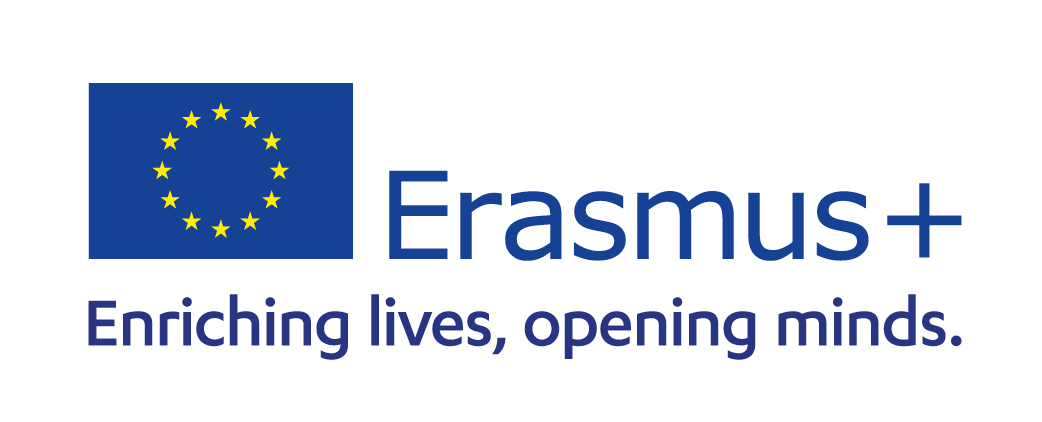DADA - DEVELOPING A DIGITAL ACADEMY
About the project
New media and ICT offer endless possibilities for learning and teaching, and educators must adapt to these changes to remain relevant in the digital age. New digital tools are changing the way we learn and teach in many ways:
Access to Information: The internet has made it possible for learners to access a vast amount of information from anywhere in the world. This has made learning more personalized and allows learners to pursue their interests in their own way.
Interactive Learning: New media and ICT have made it possible to create interactive learning environments that engage learners in a way that traditional methods cannot. Learning can be gamified and made more interactive, which makes it more interesting and fun for learners.
Collaborative Learning: ICT has enabled learners to collaborate with one another, regardless of their location. Collaborative tools like video conferencing, online forums, and wikis allow learners to work together on projects and learn from one another.
Personalized Learning: With the help of new media and ICT, learning can be personalized to suit individual learning styles and needs. Adaptive learning technologies can adjust the pace and content of learning to match the needs of individual learners.
Remote Learning: The COVID-19 pandemic has accelerated the adoption of remote learning, which is made possible by new media and ICT. Learners can now access education from anywhere in the world without the need for physical attendance in classrooms.
The DADA - DEVELOPING A DIGITAL ACADEMY project aims to provide helpful building blocks for setting up a digital school in which students and teachers can benefit from these new opportunities and have fun learning.
